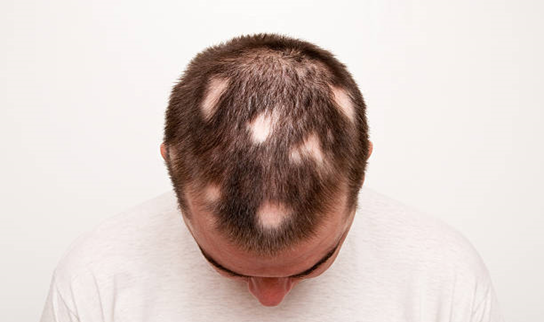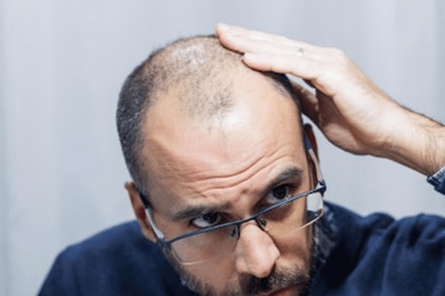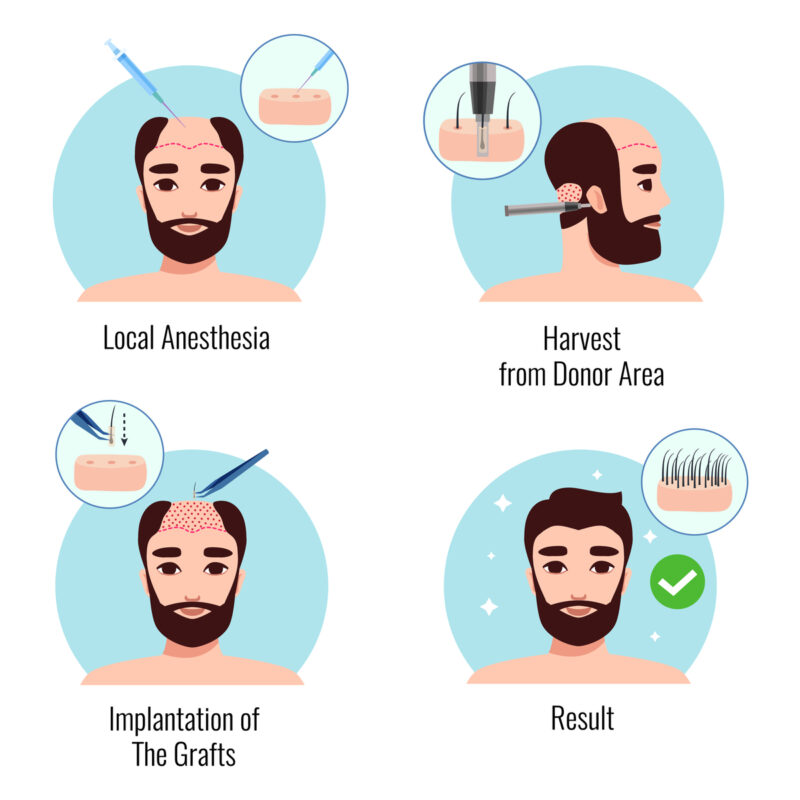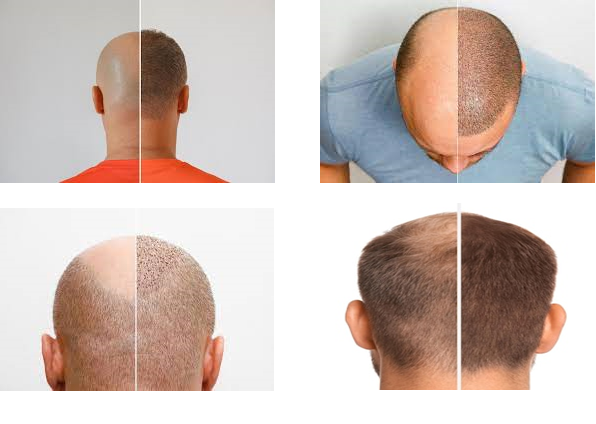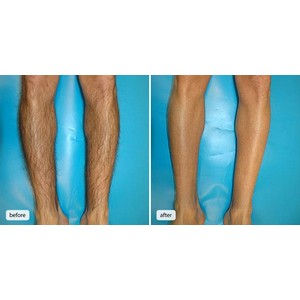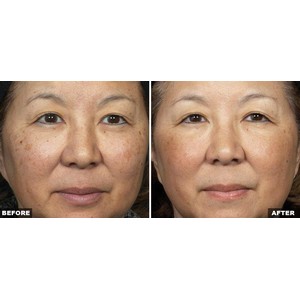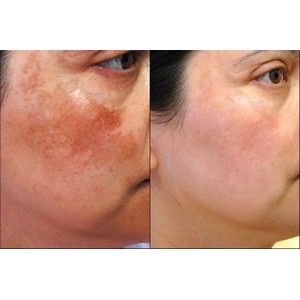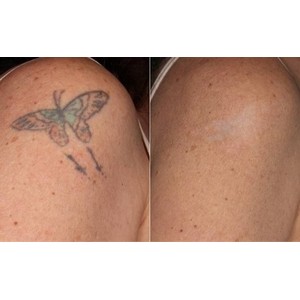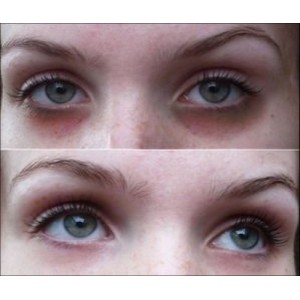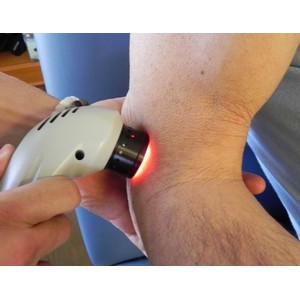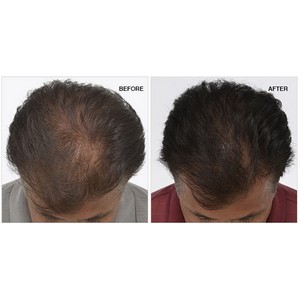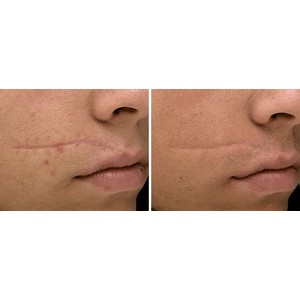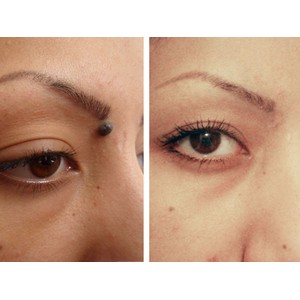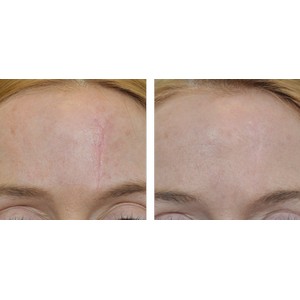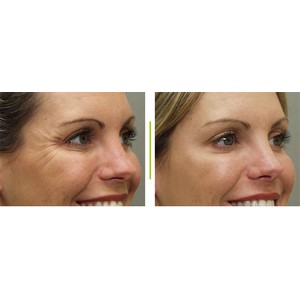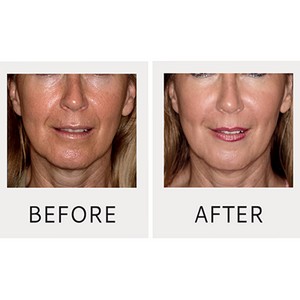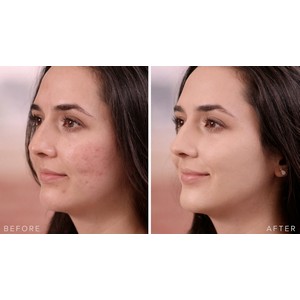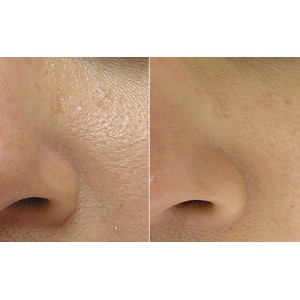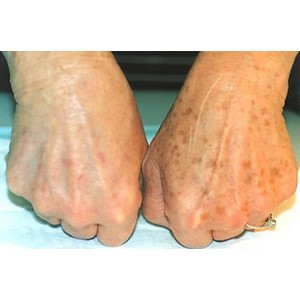Are you or someone you know struggling with scarring alopecia, a condition that can cause distressing hair loss due to damage to hair follicles? The good news is that there is hope in the form of scarring alopecia hair transplant in Mysore. It is a medical procedure that can help individuals regain their hair and confidence.
At Reniu Hair Clinic in Mysore, under the expert guidance of Dr Manas S N, an esteemed hair transplant doctor in Mysore, you can discover the path to regaining not just your hair but your confidence and quality of life.
In this blog, we will delve into the incredible journey of hair restoration, exploring the intricacies of scarring alopecia, the advanced techniques, and the remarkable results of hair transplant in scarring alopecia.
Understanding Scarring Alopecia
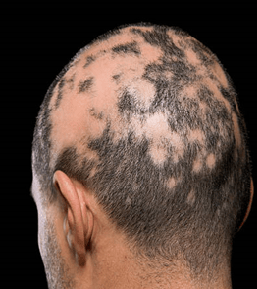 Scarring alopecia, often referred to as cicatricial alopecia, is a rare but debilitating condition. It primarily affects hair follicles and the scalp, leading to irreversible hair loss.
Scarring alopecia, often referred to as cicatricial alopecia, is a rare but debilitating condition. It primarily affects hair follicles and the scalp, leading to irreversible hair loss.
The damage to the follicles prevents hair regrowth, making it a particularly challenging condition to manage. It results from various factors, including autoimmune diseases, infections, or traumatic injuries.
Types and Causes of Scarring Alopecia
Scarring alopecia encompasses various types, each with distinct characteristics and causes. These types include:
1. Lichen Planopilaris (LPP): It is an autoimmune disorder that results in the inflammation and scarring of hair follicles. In these cases, the body’s immune system mistakenly attacks hair follicles, leading to inflammation and scarring. It often presents as red, itchy, and scaly patches on the scalp, leading to hair loss.
2. Frontal Fibrosing Alopecia (FFA): FFA primarily affects postmenopausal women. It is characterized by the gradual recession of the hairline, often accompanied by eyebrow and body hair loss. Its exact cause remains unclear, but hormonal factors may play a role.
3. Folliculitis Decalvans: This type of scarring alopecia is caused by recurrent bacterial infections of the hair follicles. It leads to the formation of pustules and scarring, ultimately resulting in hair loss.
4. Central Centrifugal Cicatricial Alopecia (CCCA): CCCA often starts at the crown of the head. The exact cause is still under investigation, but genetics, hairstyling practices, and inflammation may contribute.
Effects of Scarring Alopecia on Hair Follicles and Scalp
Scarring alopecia wreaks havoc on both the hair follicles and the scalp. The inflammatory process and subsequent scarring lead to irreversible damage, causing hair loss and visible changes in the scalp’s appearance.
1. Hair Follicles: The inflammation in scarring alopecia disrupts the normal functioning of hair follicles. This disruption hinders new hair growth and leads to permanent loss of existing hair.
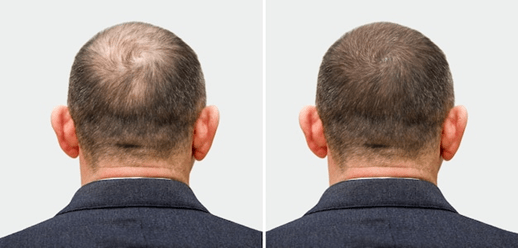 2. Scalp: The affected areas of the scalp can become scarred. It affects hair growth and causes discomfort and itching. The presence of scar tissue alters the texture and appearance of the scalp, often leading to a smoother or shinier surface.
2. Scalp: The affected areas of the scalp can become scarred. It affects hair growth and causes discomfort and itching. The presence of scar tissue alters the texture and appearance of the scalp, often leading to a smoother or shinier surface.
Hair Transplant in Scarring Alopecia: An Overview
Hair transplant procedures offer a promising solution for individuals suffering from scarring alopecia. These procedures can help restore hair to the affected areas, thereby improving the appearance and self-esteem of patients.
The Hair Transplant Procedure
Hair transplantation involves carefully extracting hair follicles from donor areas (typically the back of the head). Then, the extracted hair follicles are transplanted to the recipient areas affected by scarring alopecia. This allows for new, healthy hair growth in the previously bald or thinning regions.
Advantages and Limitations of Hair Transplant in Scarring Alopecia
Advantages:
- Natural-Looking Results: Hair transplant results appear natural, with hair growing in the same direction and pattern as existing hair.
- Permanent Hair Restoration: Hair transplant results are permanent, making them a reliable long-term solution for scarring alopecia.
- Enhanced Self-Confidence: Patients often experience improved self-esteem and confidence as their hair is restored.
- Minimal Scarring: Modern hair transplant techniques like FUE leave minimal visible scarring, ensuring the procedure is discreet and aesthetically pleasing.
Limitations:
- Limited Donor Hair: The availability of donor hair is limited, and in some cases, it may not be sufficient for extensive scarring alopecia.
- Multiple Sessions: Extensive scarring alopecia may require multiple sessions to achieve desired results over time.
- Potential Donor Area Scarring: Conventional hair transplant methods like FUT can leave a linear scar in the donor area. It may be visible if the patient wears very short hair.
- Cost: The cost of a hair transplant for scarring alopecia can be a significant investment.
Overall, hair transplant procedures provide a hopeful solution for individuals dealing with scarring alopecia. However, it is crucial to consider their benefits and limitations to make a well-informed decision.
Hair Transplants: Techniques and Processes
When considering scarring alopecia hair transplant, it is essential to understand the two primary techniques employed in the procedure: Follicular Unit Transplantation (FUT) and Follicular Unit Extraction (FUE).
• Follicular Unit Transplantation (FUT):
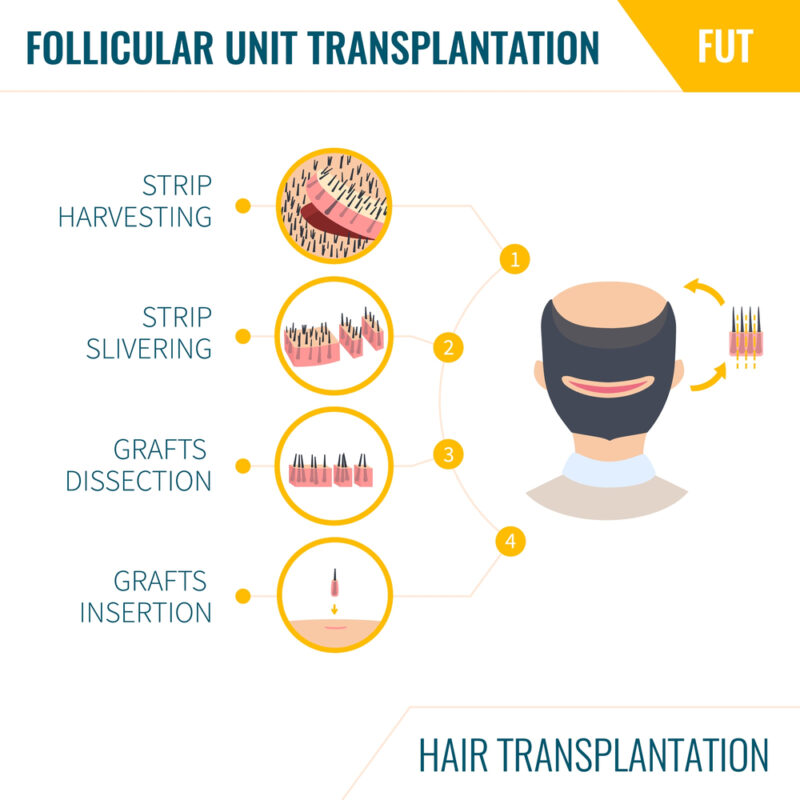 In FUT, the surgeon surgically removes a strip of skin containing hair follicles from the donor area, the back side of the head. Then, the surgeon dissects the follicular units (groups of hair follicles) from this strip under a microscope. The surgeon then transplants these follicles into the recipient area.
In FUT, the surgeon surgically removes a strip of skin containing hair follicles from the donor area, the back side of the head. Then, the surgeon dissects the follicular units (groups of hair follicles) from this strip under a microscope. The surgeon then transplants these follicles into the recipient area.
FUT is known for its high yield of grafts and is suitable for cases where many grafts are needed. Typically, it results in minimal transaction (damage) to the hair follicles. However, it leaves a linear scar in the donor area, which can be concealed with longer hair.
• Follicular Unit Extraction (FUE):
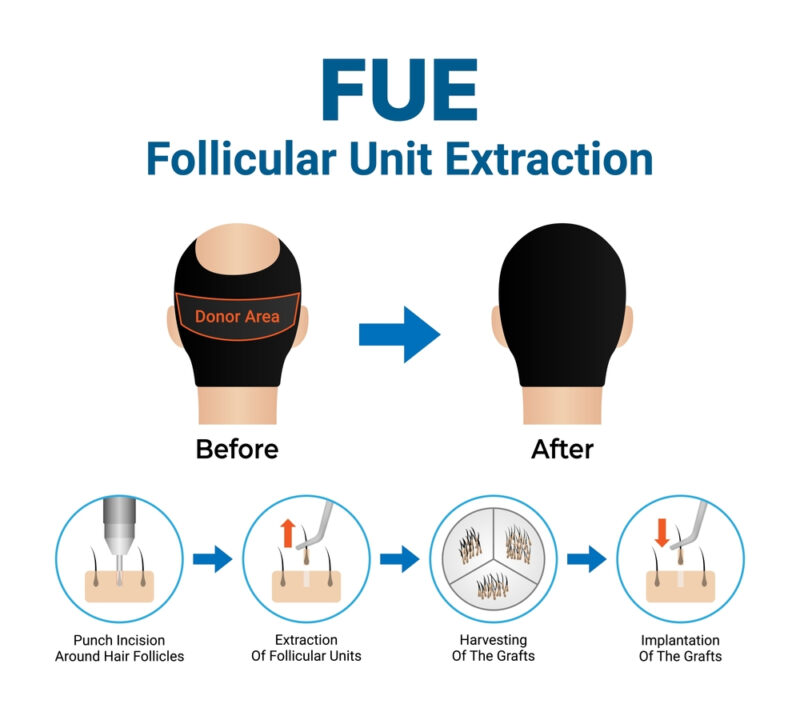 FUE involves extracting hair follicles from the donor area using a micro-punch tool. These follicular units are then transplanted into the recipient sites.
FUE involves extracting hair follicles from the donor area using a micro-punch tool. These follicular units are then transplanted into the recipient sites.
FUE is minimally invasive, leaves tiny, dot-like scars less noticeable than FUT’s linear scar, and allows for shorter haircuts post-transplant. It requires minimal downtime and offers quicker recovery compared to FUT.
The choice between FUT and FUE depends on individual factors, such as the extent of scarring alopecia, donor hair availability, and personal preferences. Consulting with a skilled hair transplant specialist like Dr. Manas S N is crucial for determining the most suitable and best hair transplant in Mysore for each case.
The Process of Grafting Hair Follicles
Grafting hair follicles is a delicate and highly skilled aspect of the hair transplant procedure. Here is a glimpse into this intricate process:
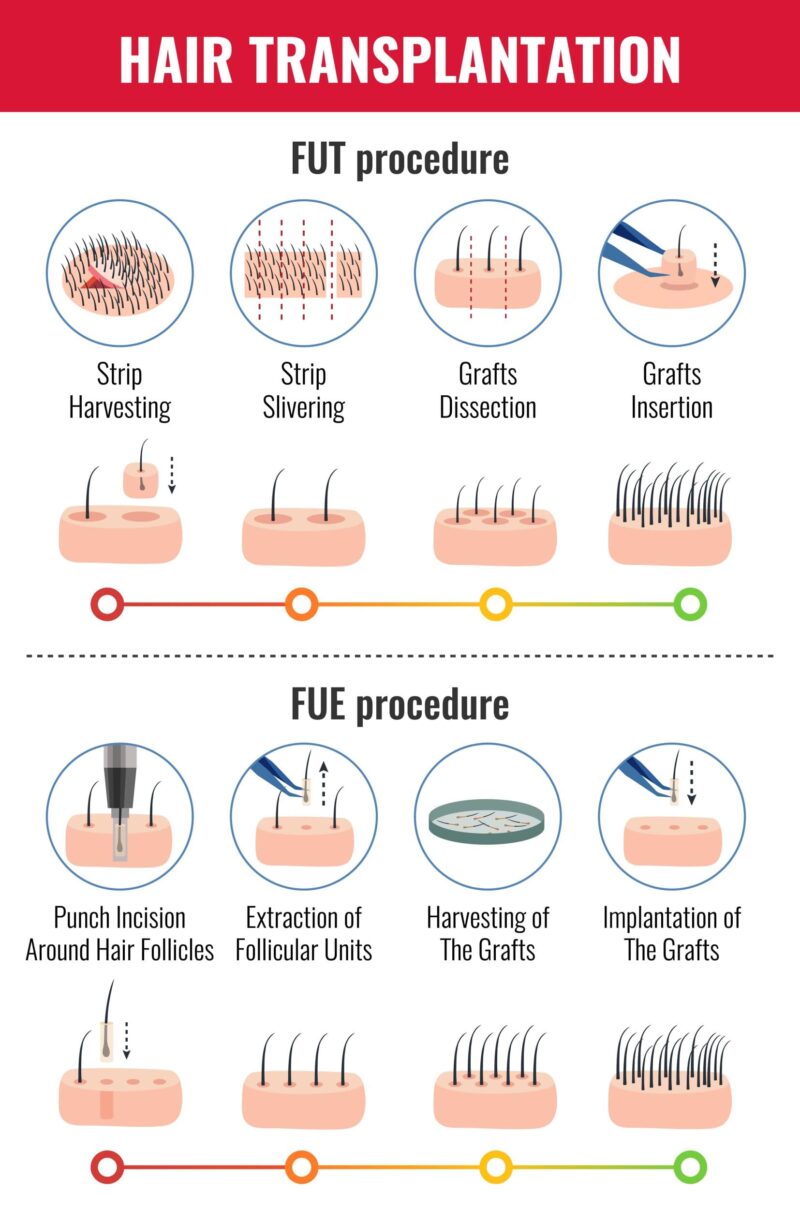 Graft Preparation: After the extraction of donor hair, the hair transplant surgeon carefully prepares the harvested hair follicles for transplantation. This involves cleaning, trimming, and sorting the grafts based on their natural hair groupings.
Graft Preparation: After the extraction of donor hair, the hair transplant surgeon carefully prepares the harvested hair follicles for transplantation. This involves cleaning, trimming, and sorting the grafts based on their natural hair groupings.- Recipient Site Creation: Using fine needles or microblades, the surgeon makes tiny incisions in the recipient areas. These incisions’ angle, depth, and density are crucial to ensure natural hair growth.
- Graft Placement: The surgeon artistically places the prepared hair follicles into the recipient sites, paying close attention to the direction, angle, and spacing to replicate the natural hair pattern.
- Density and Aesthetics: The surgeon must balance the density of transplanted hair to achieve a natural and aesthetically pleasing result, considering factors like hairline design and hair distribution.
The success of the grafting process relies on the surgeon’s expertise, precision, and attention to detail. This meticulous artistry allows for natural-looking results in hair transplant procedures for scarring alopecia.
Considerations Before Opting for Hair Transplant in Scarring Alopecia
Before undergoing a hair transplant for scarring alopecia, there are several important considerations that individuals should keep in mind. These considerations are vital in ensuring a successful and satisfying hair restoration journey. Here are some key points to ponder:
- Consultation with a Specialist: Consult an experienced hair transplant doctorin Mysore like Dr Manas S N. Discuss your goals and concerns, allowing for personalized recommendations.
- Realistic Expectations: Remember that while hair transplants can improve your appearance, they may not fully restore your original hair. Be open with your doctor about your expectations.
- Health Assessment: Ensure good overall health and discuss any medical conditions, allergies, or medications with your surgeon to assess the procedure’s suitability.
- Pre-operative Care: Follow surgeon-provided pre-operative instructions for a successful transplant, including medication and scalp preparations.
- Procedure Knowledge: Educate yourself on the chosen procedure (FUT or FUE), understanding the process, potential risks, and recovery expectations.
- Downtime Planning: Prepare for a brief recovery period by scheduling rest and avoiding strenuous activities. Arrange for transportation after the procedure.
- Post-Operative Care: Familiarize yourself with post-operative instructions from your surgeon to ensure proper care for optimal healing and results.
Hair Transplant Cost in Mysore
The cost of a hair transplant in Mysore, as in many other locations, can vary significantly depending on various factors:
- Extent of Scarring Alopecia: The severity and extent of scarring alopecia directly impact the cost, as more extensive procedures may require more grafts and sessions.
- Technique Chosen: Whether you opt for FUT or FUE can also affect the cost, as FUE tends to be slightly more expensive due to its meticulous nature.
- Clinic Reputation: Established clinics with experienced surgeonsmay charge higher fees. However, this often ensures a higher level of expertise and safety.
- Geographical Location: The cost of living and medical services in Mysore, or any other city, can influence the overall price of the procedure.
- Additional Services: Some clinics may offer comprehensive packages that cover post-operative care, medications, and follow-up appointments as part of the overall cost, whereas others may charge for these services separately.
Remember, a hair transplant is an investment in your confidence and appearance. So, prioritize quality and safety over cost alone.
Know the Cost of Hair Transplant Procedures at Reniu Hair Clinic in Mysore
Recovery and Results
The recovery period following scarring alopecia hair transplant is a crucial phase of the journey to restore hair. Here’s what to expect during this time:
- Immediate Post-Op: Mild discomfort, swelling, and redness in the recipient and donor areas are normal and typically subside within a few days.
- Medications: Your surgeon may prescribe medications to minimize the risk of infection and promote healing. Follow their instructions diligently.
- Shampooing and Care: Your surgeon will provide guidelines for washing your hair and caring for the transplanted area. Typically, gentle washing with a mild shampoo is recommended after a few days.
- Physical Activity: Avoid strenuous activities for about a week to prevent unnecessary strain on the transplanted area.
- Crusting: Tiny scabs or crusts may form around the transplanted hair follicles. These usually fall off within a week or two.
- Shock Loss: Some existing hair near the transplant area may temporarily shed due to the trauma of the procedure. This is usually temporary, and new hair will regrow in its place.
- Healing Time: While most patients can return to work and regular activities within a few days, complete healing and hair growth take several months. Patience is key.
- Follow-up appointments: Attend follow-up appointments with your surgeon to monitor progress and address any concerns.
- Results: The transplanted hairwill initially shed before gradually regrowing. It may take several months for the final results to become apparent.
Each individual’s recovery experience may vary. Following your surgeon’s instructions is essential for the best possible outcome.
Before and After Hair Transplant Images
Conclusion
Suffering from scarring alopecia can be emotionally challenging, but there is hope for those seeking to restore their lost hair and confidence through hair transplant procedures. Your initial consultation with a highly regarded hair transplant surgeon in Mysore, like Dr. Manas S N, is the crucial first step in exploring your alternatives and commencing a path toward a thicker and more abundant head of hair.
Reniu Hair Clinic, Mysore can be your trusted partner in restoring your hair and confidence through scarring alopecia and hair transplant procedures.
Frequently Asked Questions
Can I get a hair transplant with scarring alopecia?
Yes, hair transplant procedures can be performed to address scarring alopecia and restore hair in affected areas.
How often should you wash your hair with scarring alopecia?
The frequency of hair washing with scarring alopecia should be determined based on individual preferences and the advice of your hair transplant specialist.
Can hair grow back from scarring alopecia?
Scarring alopecia results in permanent hair loss. However, hair transplant procedures can help regrow hair in affected areas.
What is the difference between alopecia and scarring alopecia?
Alopecia is a general term for hair loss while scarring alopecia specifically refers to hair loss resulting from scarring and damage to hair follicles.

